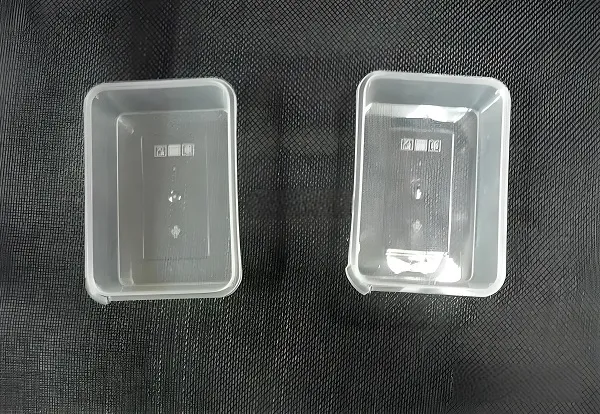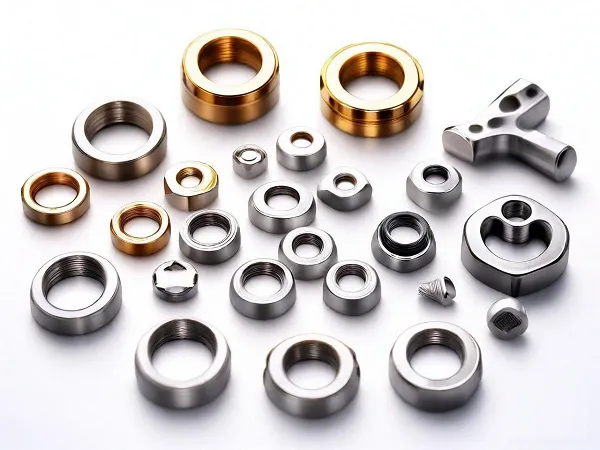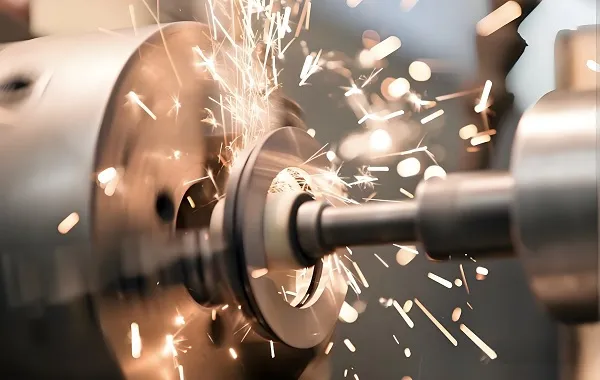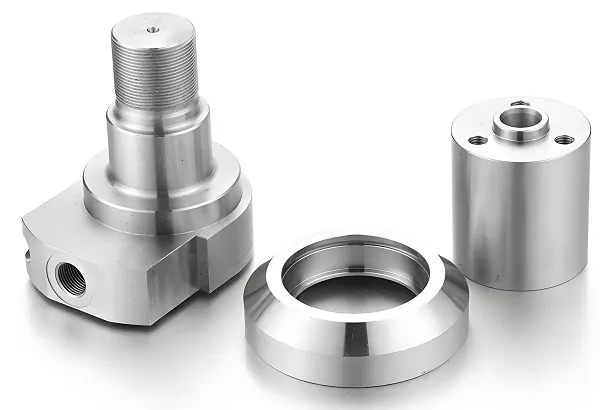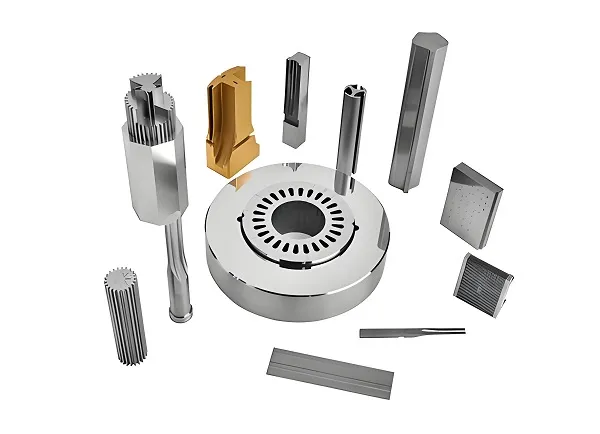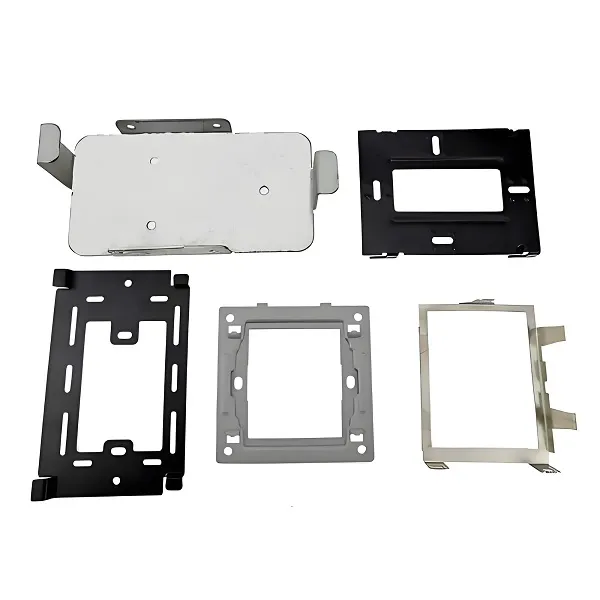POM bearings, known as Polyoxymethylene (POM) bearings, is a kind of mechanical parts made of POM material.POM is a kind of high-performance engineering plastics, with excellent mechanical strength, wear resistance, corrosion resistance and low coefficient of friction and other characteristics, so POM bearings play an important role in mechanical transmission.
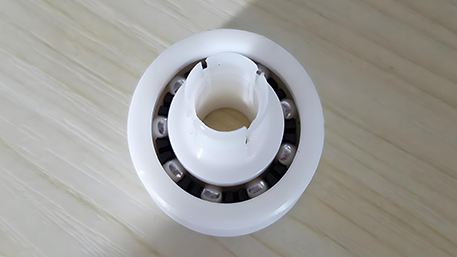
1.POM bearing characteristics
Corrosion resistance: POM bearings will not rust and can remain stable in a variety of chemical environments.
Low coefficient of friction: POM material has a low coefficient of friction, which can reduce energy loss and heat generation and improve transmission efficiency.
Lightweight: POM bearings are lighter in weight than metal, which is more suitable for the modern trend of lightweight design.
Wear resistance: POM bearings have good wear resistance, which can extend the service life.
Vibration absorption: POM bearings run without noise and have certain vibration absorption function.
High and low temperature adaptability: POM bearings are suitable for high and low temperature working environment, the temperature range can reach -200℃ to +250℃.
2.POM bearing production process
The production process of POM bearings mainly includes raw material preparation, injection molding, post-processing and quality inspection.
Raw material preparation: choose high quality POM particles as raw materials to ensure the performance and quality of bearings.
Injection molding: POM particles are heated and melted and then injected into the mold, through the high pressure and high speed injection of the injection molding machine, the POM material is filled with the mold cavity and cooled and solidified to form the initial shape of the bearing.
Post-processing: The injection molded bearings are trimmed, deburred and cleaned to improve the surface quality and precision of the bearings.
Quality inspection: carry out quality inspection on the bearings in terms of size, appearance, performance and other aspects to ensure that the bearings meet the design requirements and relevant standards.
3.POM bearing processing technology
POM bearing processing technology mainly includes cutting, grinding and heat treatment.
Cutting: through the cutting machine tool on the POM bearing precise size and shape processing to meet the design requirements.
Grinding processing: the internal and external surfaces of the bearings are ground to improve the surface accuracy and finish of the bearings.
Heat treatment: Although the POM material itself does not need heat treatment to change its performance, it can be heat treated to remove the residual stress inside the bearing to improve the stability and service life of the bearing.
4.POM bearing surface treatment process
POM bearing surface treatment process mainly includes sandblasting, electrochemical polishing, spray coating and gas plasma surface treatment.
Sandblasting: through the high-speed jet abrasive to polish the surface of POM bearings, remove surface burrs, bubbles and other impurities, improve the surface roughness and adhesion.
Electrochemical polishing: use the chemical reaction in the electrolyte to remove the small bumps on the surface of POM bearings, so that the surface becomes smooth and polished.
Spray coating: Spray a layer of coating on the surface of POM bearings to change its appearance and performance, such as increasing waterproof, corrosion resistance, wear resistance and other properties.
Gas plasma surface treatment: the use of high-frequency electric field and the role of gas plasma to change the chemical properties and physical properties of the surface of the POM bearing, to improve the surface adhesion and wear resistance.
5.POM bearing product characteristics
Density : 1.41-1.43 g/cm³
Tensile Strength : 55-70 MPa
Flexural Strength : 80-100 MPa
Hardness : M90-M110 (Shore D)
Friction Coefficient : 0.02-0.04
Operating Temperature : -40℃ to +120℃ (continuous), up to +150℃ (short-term)
Customized POM Bearing FAQ
Q1:What are the advantages of POM bearings over metal bearings?
A1: POM bearings have the advantages of corrosion resistance, light weight, low coefficient of friction, wear resistance, and vibration absorption, which can maintain stability and prolong the service life in a variety of harsh environments.
Q2:What is the customization process of POM bearings?
A2: The customization process of POM bearings includes demand communication, drawing design, material selection, production and processing, quality inspection and delivery. Customers can communicate with suppliers according to specific needs to determine the size, shape, performance and other requirements of the bearings, and then the suppliers will carry out drawing design and material selection according to the requirements, as well as production and processing and quality testing, and finally deliver qualified POM bearings to customers for use.
Q3:How is the wear resistance of POM bearings?
A3: POM bearings have good wear resistance and can maintain stability in the environment of high load and high speed operation. Its wear resistance mainly depends on the performance of POM material as well as the processing precision and surface quality of the bearing.
Q4:What is the applicable temperature range of POM bearings?
A4:The applicable temperature range of POM bearings is generally from -40℃ to +120℃ (continuous use), and the short-term use temperature can reach +150℃. In a high temperature environment, POM materials may undergo thermal deformation or thermal degradation, so care needs to be taken to control the use temperature.
Q5:What are the options for surface treatment of POM bearings?
A5: There are various options for surface treatment of POM bearings, including sandblasting treatment, electrochemical polishing, spray coating and gas plasma surface treatment. Customers can choose the appropriate surface treatment process according to their specific needs in order to improve the surface quality and performance of the bearings.

